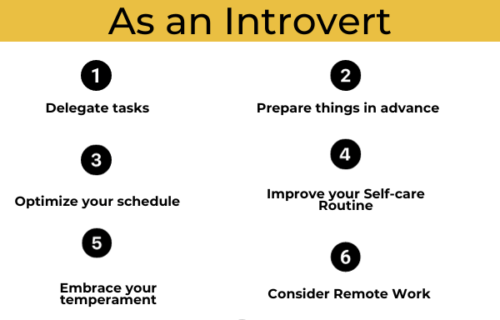
Four Proven Ways to Maximize Your Productivity at Work
- Published:
- Updated: April 12, 2024
Do you want to grow your business? As a life and business coach, I believe one of the best ways to achieve this is through optimizing your work habits, particularly your productivity skills.
Productivity hinges on mastering time management. Efficient time management is crucial because it allows you to focus on critical tasks rather than getting bogged down by trivial matters. In this article, we will explore four proven methods to maximize your productivity at work.

Productivity Requires Understanding the Urgent from the Important
After reading the headline above you may be thinking to yourself, “I thought Denise is talking about productivity – so why are we talking about important or urgent things?” In my experience one of the biggest new business owner struggles is knowing which issues demand the most attention immediately versus the ones which can be placed on the back burner. Below is a table contrasting urgency from importance.
| Not Important and Not Urgent | Urgent but Not Important |
| Urgent and Important | Not Urgent but Important |
We will now discuss in detail each category.
Not Important and Not Urgent
Not important and not urgent are activities which can be done during moments of downtime. Examples include relabeling file cabinets or moving office furniture. Think of these as issues which will help you become more organized in the long-run but are not needed immediately.
Not Urgent but Important
The not urgent but important are actions to do but are not mission-critical. Dates or milestones are included because the action needs to be completed by a certain time. Examples include restocking office supplies, updating schedule information, or projecting future business activities. Keep these dates set in stone as shifting deadlines can cause disruptions to other business affairs.
What happens when everything feels urgent? People become immune to your calls for urgency. They stop taking you seriously, and cynicism sets in. The few who genuinely believe every situation is a crisis start feeling anxious.
Denise G. Lee Tweet
Urgent but Non-Important
Urgent but non-important are periodic events that demand immediate action. Examples include participating in evaluation drills or COOP (continuity of operations) plans. Think of these activities as readiness plans which can help you make smart decisions if and when disaster strikes.
Urgent and Important
The urgent and important are events that have immense consequence if you are not able to respond in a quick manner. These events require actions to be done immediately when the request to act is made. Examples include threats of severe harm to a building and its inhabitants.

When to Hit the Panic Button
Business owners: It’s crucial to handle crises the right way. Constantly hitting the panic button won’t benefit you or your team in the long term. Your role as a leader is to stay calm and recognize when urgent action is needed.
I remember my time at FEMA, where every issue felt like a “Hair on Fire Event.” These are crisis situations that demand immediate attention. Unfortunately, everything was treated as a crisis, and it was hard to distinguish between what was genuinely important and what was just someone overreacting.
What happens when everything feels urgent? People become immune to your calls for urgency. They stop taking you seriously, and cynicism sets in. The few who genuinely believe every situation is a crisis start feeling anxious.
Conversely, what happens when nothing feels urgent or important? The same apathy sets in, even in genuine crises. Cynicism grows, and nothing, including your leadership, is taken seriously.
When communicating urgency, clarity is key. In the following discussion, we’ll explore how to effectively convey urgent messages to your team.

How to Send Out Messages
When you need to send out guidance, explicitly state the level of urgency and/or importance. For issues that are important, you should contact your employee live (in person, via phone or video) and communicate the level of importance.
Don’t assume one message is enough, send a followup message. Include in the followup message an appropriate topic and deadline in the subject line. For example: Call Client ABC about the Widget Production by COB Friday. This tells your employee that this is an important but not urgent matter.
Avoid sending out a text message unless it is a simple command. A simple command can be explained within two sentences. The following is an example: Call the Admin. Tell her that you will arrive in the office ten minutes late. Here are some more tips on sending out clear and concise email messages.
Collaboration is a key part of the success of any organization, executed through a clearly defined vision and mission and based on transparency and constant communication.
Dinesh Paliwal Tweet
Success at Last!
Success happens when your team members are able to execute your instructions perfectly. But keep in mind that communication is not a science. You must work with everyone to find their preferred communication medium.
Some people work better with verbal instructions while others require written or visual instructions. Get feedback from your team members along the way.
Do You Need More Help?
If you need more assistance, allow me to help you with your goals. And get more business tips by listening to my podcast.




